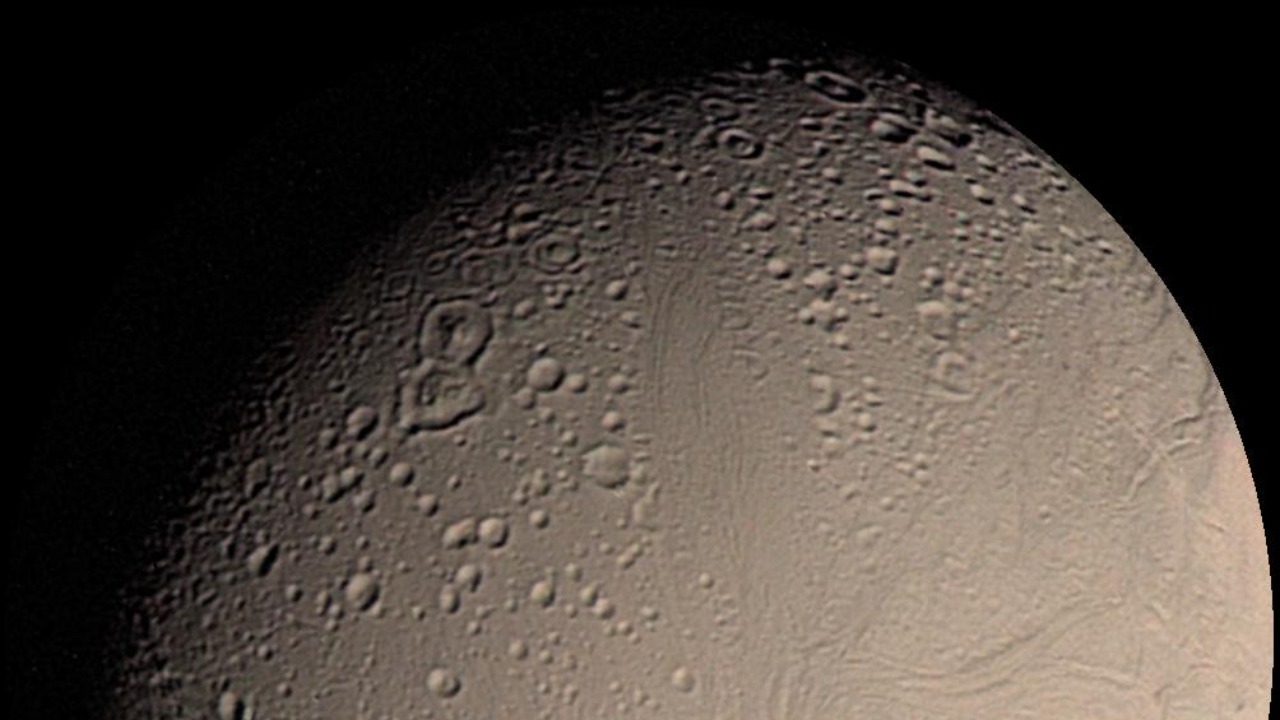
NASA’s recent detection of hidden heat sources on Saturn’s moon Enceladus has sparked excitement among scientists. This geothermal activity suggests the presence of a subsurface ocean that could support microbial life. The findings, based on data from the Cassini spacecraft’s infrared observations, reveal warmer spots beneath the moon’s icy surface, potentially indicating hydrothermal vents similar to those on Earth. This breakthrough, reported in early November 2025, builds on prior evidence of water plumes and organic compounds, positioning Enceladus as a prime target for astrobiology research.
The Discovery of Hidden Heat
NASA’s analysis of infrared data from the Cassini mission identified unexpected heat emissions from Enceladus’s south polar region. These temperatures reached up to 200 Kelvin in localized areas, suggesting active geological processes beneath the ice. These heat signatures, emerging from “tiger stripe” fractures on the moon’s surface, were detected through thermal mapping, implying ongoing energy sources that could sustain chemical reactions necessary for life. These findings have opened up new possibilities for astrobiology.
Enceladus: An Overview of Saturn’s Icy Moon
Enceladus, one of Saturn’s 83 known moons, is approximately 500 kilometers in diameter and features a bright, icy surface reflecting nearly 100% of sunlight. Discovered in 1789 by William Herschel, the moon orbits Saturn at a distance of about 238,000 kilometers and completes an orbit every 33 hours. Its south pole hosts geysers that eject water vapor and ice particles, forming part of Saturn’s E ring. These geysers have been a subject of interest for scientists studying the moon’s potential for life.
Evidence of a Subsurface Ocean
Data from Cassini’s flybys confirmed a global subsurface ocean of liquid water beneath Enceladus’s 10-30 kilometer thick ice shell, with salinity levels similar to Earth’s seas. Hydrothermal activity inferred from silica nanoparticles in the plumes indicates water-rock interactions deep within the moon. The ocean’s depth is estimated at 10-30 kilometers, maintained by tidal heating from Saturn’s gravitational pull. These findings have further strengthened the hypothesis of Enceladus harboring conditions suitable for life.
Geothermal Activity and Heat Sources
Tidal forces from Saturn cause Enceladus to flex, generating internal heat through friction, which powers the observed geysers and potential vents. Infrared imaging revealed heat fluxes of up to 15 gigawatts from the south pole, comparable to Earth’s Yellowstone geyser basin. This hidden heat, first hinted at in 2005 during Cassini’s initial encounters, was detailed in 2025 analyses showing sustained activity. This geothermal activity is a key factor in the moon’s potential habitability.
Implications for Habitability and Life
The combination of liquid water, heat, and detected organic molecules like methane and hydrogen in Enceladus’s plumes meets key criteria for habitability as defined by astrobiologists. Scientists suggest that hydrothermal vents could provide energy for chemosynthetic life forms, akin to deep-sea ecosystems on Earth. Ongoing research in 2025 highlights Enceladus as a more promising site for extraterrestrial life than previously thought, due to its accessible plumes. These conditions make Enceladus a prime target for future astrobiology missions.
NASA’s Ongoing Exploration and Future Missions
NASA’s Cassini-Huygens mission, which ended in 2017, provided the foundational data on Enceladus’s plumes through 127 close flybys. The proposed Enceladus Life Finder (ELF) mission aims to sample plume material for biosignatures using a mass spectrometer. In October 2025, additional evidence from reanalyzed Cassini data strengthened the case for conditions suitable for life on the moon. These ongoing explorations and future missions continue to fuel the search for life beyond Earth.
More from MorningOverview